Series and Parallel Configuration Of Pumps
Categories: Engineering Lab EquipmentIn complex systems, pumps can be connected in series or in parallel. In series operation the heads are added together and in parallel operation, the flow rates of the pumps are added. Series and paral...
Product
Description
In complex systems, pumps can be connected in series or in parallel. In series operation the heads are added together and in parallel operation, the flow rates of the pumps are added. Series and parallel configuration of pumps behave similar to series and parallel configuration of electric resistances in electric circuits. The pump correlates with the electric resistance, the flow correlates with the electric current and the head with the voltage.
With pumps are studied individually, in series and in parallel configuration.
The experimental unit contains two identical centrifugal pumps and an intake tank with overflow. The overflow ensures a constant suction head in the tank, regardless of the water supply. Ball valves in the pipes allow easy switching between series and parallel operation.
Pressures at inlet and outlet of the two pumps are displayed on manometers.
Learning Objectives/Experiments
Investigation of pumps in series and parallel configuration
Determining the head
Recording the pump characteristics
Determining the hydraulic power
Determining the operating point
Features
Series and parallel configuration of pumps
Determining pump characteristic curves
Specification
Investigation of series and parallel configuration of pumps
Two identical centrifugal pumps
Transparent tank as intake tank
Overflow in the tank ensures constant suction head
Ball valves used to switch between series and parallel operation
Manometers at inlet and outlet of each pump
Flow rate determined by base module
Water supply laboratory supply
Technical data
2x centrifugal pump
power consumption: 370W
max. flow rate: 21L/min
max. head: 12m
Tank: 13L
Pipes and pipe connections: PVC
Measuring ranges
pressure (inlet): 2x -1…1,5bar
pressure (outlet): 3x 0…2,5bar
230V, 50Hz, 1 phase
230V, 60Hz, 1 phase; 120V, 60Hz, 1 phase
quick overview :
In complex systems, pumps can be connected in series or in parallel. In series operation the heads are added together and in parallel operation, the flow rates of the pumps are added. Series and parallel configuration of pumps behave similar to series and parallel configuration of electric resistances in electric circuits. The pump correlates with the electric resistance, the flow correlates with the electric current and the head with the voltage.
With pumps are studied individually, in series and in parallel configuration.
The experimental unit contains two identical centrifugal pumps and an intake tank with overflow. The overflow ensures a constant suction head in the tank, regardless of the water supply. Ball valves in the pipes allow easy switching between series and parallel operation.
Pressures at inlet and outlet of the two pumps are displayed on manometers.
Learning Objectives/Experiments
Investigation of pumps in series and parallel configuration
Determining the head
Recording the pump characteristics
Determining the hydraulic power
Determining the operating point
Features
Series and parallel configuration of pumps
Determining pump characteristic curves
Specification
Investigation of series and parallel configuration of pumps
Two identical centrifugal pumps
Transparent tank as intake tank
Overflow in the tank ensures constant suction head
Ball valves used to switch between series and parallel operation
Manometers at inlet and outlet of each pump
Flow rate determined by base module
Water supply laboratory supply
Technical data
2x centrifugal pump
power consumption: 370W
max. flow rate: 21L/min
max. head: 12m
Tank: 13L
Pipes and pipe connections: PVC
Measuring ranges
pressure (inlet): 2x -1…1,5bar
pressure (outlet): 3x 0…2,5bar
230V, 50Hz, 1 phase
230V, 60Hz, 1 phase; 120V, 60Hz, 1 phase
Product
Reviews
add Review
reviews
No Review Yet.
Copyrights © 2025 All Rights Reserved by Atico

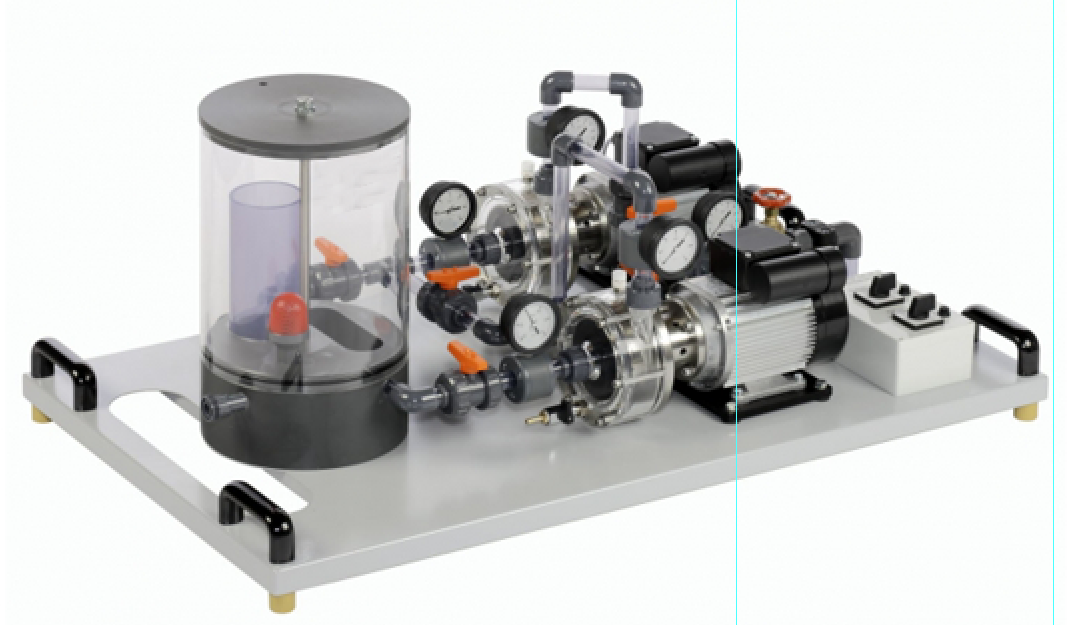




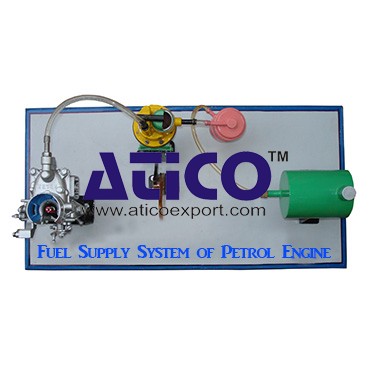

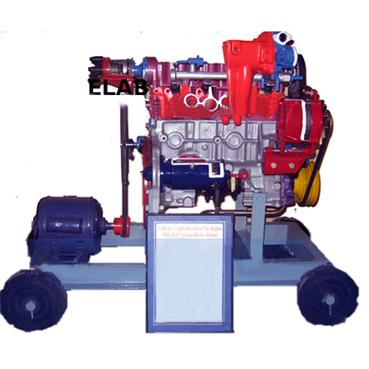
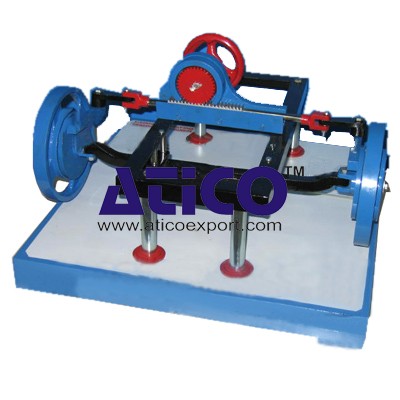


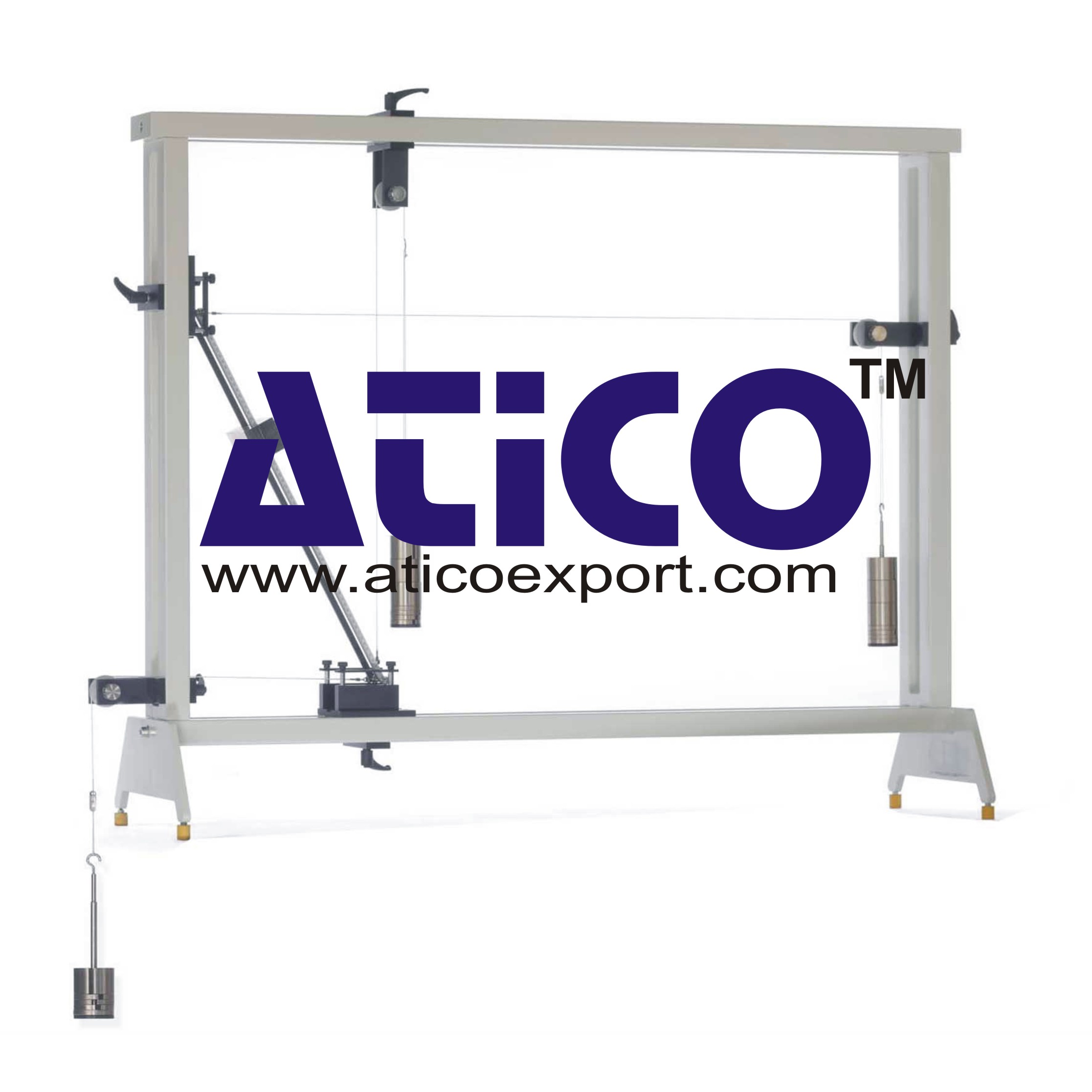
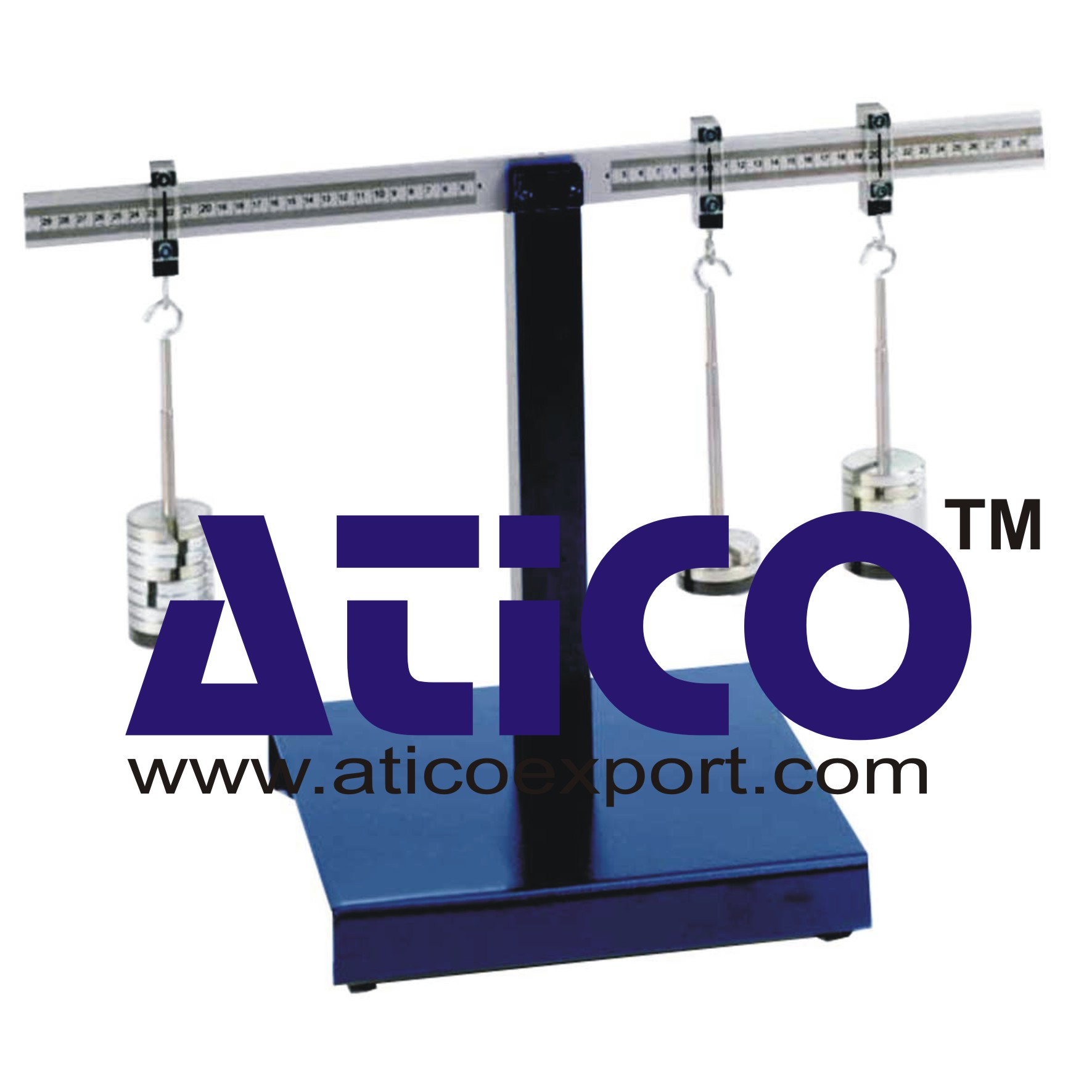
Product
Reviews
add Review
reviews
No Review Yet.